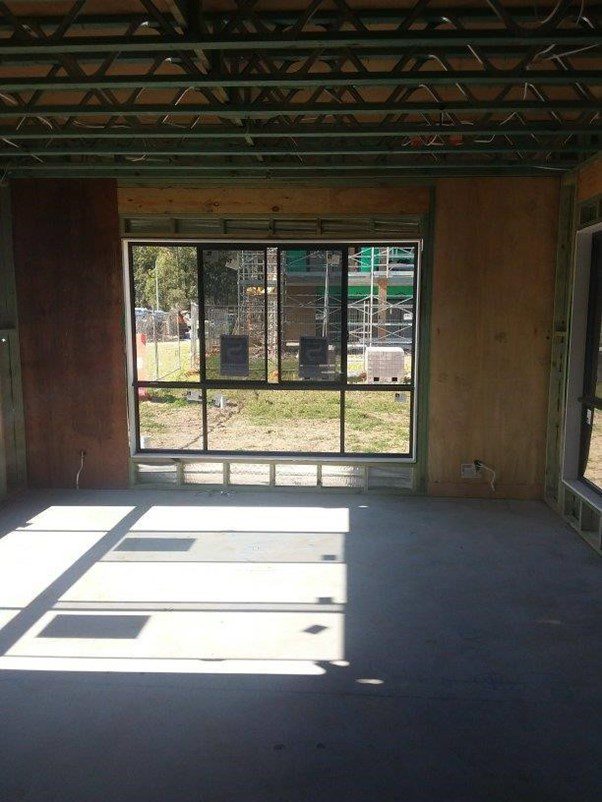When it comes to building or renovating a house, one of the most important aspects to consider is load-bearing walls. Load-bearing walls are structural walls that support the weight of the building, including its roof and floors. They are critical components of any building, and it’s essential to understand how they work to ensure that your construction or renovation project is safe and stable.
Load-bearing walls are designed to transfer the weight of the structure above them to the foundation below. This means that they need to be strong enough to support the weight of the building, and they must be correctly placed to distribute that weight evenly. Load-bearing walls are typically made of wood, steel, or concrete, and they can be either interior or exterior walls.
The first step in determining load-bearing walls is to understand the structure of the building. You can identify load-bearing walls by examining the floor plan and looking for walls that run perpendicular to the floor joists or roof rafters. These walls are typically thicker than non-load-bearing walls and may have additional supports such as beams or columns. Load-bearing walls are also typically positioned near the center of the house to provide optimal support.
It’s important to note that not all walls are load-bearing. Non-load-bearing walls are designed to divide rooms or provide privacy and do not support the weight of the building. These walls can be made of lighter materials such as drywall or wood framing and can be removed without affecting the structural integrity of the building.
Removing a load-bearing wall without proper support can be dangerous and cause significant damage to the structure of the building. Before removing a load-bearing wall, it’s essential to consult with a structural engineer or contractor who can evaluate the wall and recommend appropriate supports. Some common methods of providing support when removing a load-bearing wall include installing beams or columns, adding additional framing or support walls, or constructing a header to transfer the load to adjacent walls.
It’s also important to understand that load-bearing walls can be damaged or weakened over time, which can compromise the structural integrity of the building. Signs of damage to load-bearing walls may include cracks, settling or shifting of the foundation, or uneven floors or walls. If you notice any of these signs, it’s important to have a building and pest inspector evaluate your home to identify the cause of the damage and recommend appropriate repairs.

Maintaining load-bearing walls is essential to ensure the safety and stability of your home. This includes regular inspections of the foundation, walls, and roof, as well as addressing any issues as soon as they arise. You can also take steps to prevent damage to load-bearing walls by avoiding hanging heavy objects on walls, avoiding excessive moisture in basements or crawl spaces, and ensuring that the soil around the foundation is properly graded to prevent water from pooling.
In conclusion, load-bearing walls are essential components of any building and must be properly designed, placed, and maintained to ensure the safety and stability of the structure. Identifying load-bearing walls is an important first step in any construction or renovation project, and it’s essential to consult with a structural engineer or contractor before making any changes to these walls. By understanding the importance of load-bearing walls and taking steps to maintain them, you can ensure that your home is safe, stable, and built to last.




